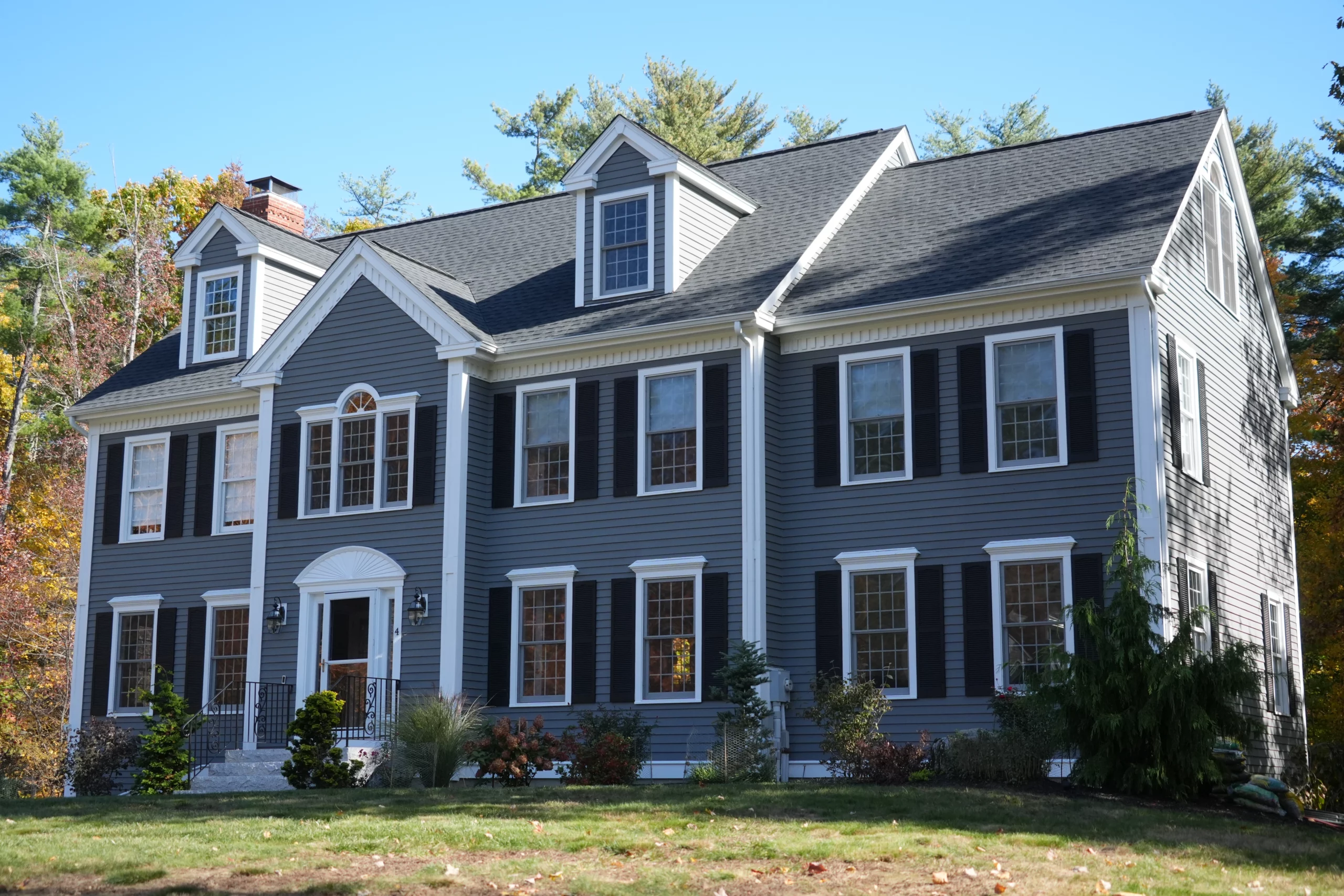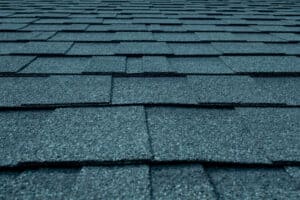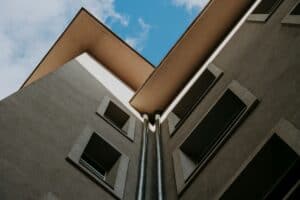
A beautiful, durable, and dependable roofing system is a crucial component of your home. Homeowners in New Hampshire and Southern Maine demand the very best in residential roofing materials, with architectural shingles consistently being a top choice. At J. Carnes & Son Roofing, we are committed to providing you with expert guidance on the advantages of architectural shingles and how they can transform your property.
Architectural shingles—also known as dimensional or laminated shingles—are made by affixing multiple layers of high-quality asphalt roofing material together. This process creates a thicker shingle that offers much more durability and visual depth than traditional three-tab asphalt shingles. The result is a state-of-the-art roofing system that not only serves as a protective barrier for your home but also adds considerable curb appeal.
Why Architectural Shingles are the Best Choice for Roofing
The growing popularity of architectural shingles among homeowners in New Hampshire and Southern Maine is no coincidence; these advanced roofing materials offer an array of benefits that cater to the needs of local property owners, including:
- Superior durability: Architectural shingles boast a lifespan of 25-30 years, with some premium options lasting even longer. Their multi-layer construction ensures resistance to strong winds, heavy rain, and the harsh weather conditions experienced throughout the region.
- Heightened resistance to algae and mold: Architectural shingles are often treated with algae-resistant granules, reducing the likelihood of unsightly stains on your roof. This feature helps to keep your home looking pristine and well-maintained even in humid weather conditions.
- Enhanced aesthetic appeal: Architectural shingles are available in a wide range of colors, textures, and styles designed to mimic the appearance of wood shakes, slate, and even clay tiles. This variety allows you to create a unique and visually striking roofing solution that complements your home’s exterior design.
- Energy efficiency: With their thicker construction and insulating properties, architectural shingles help to regulate indoor temperatures more effectively, reducing the strain on your home’s HVAC system, and potentially lowering your monthly energy costs.
- Cost-effective roofing solution: Although architectural shingles may have a higher upfront cost than three-tab shingles, their long-term durability and low maintenance requirements make them a smart investment for homeowners seeking a reliable, cost-effective roofing solution.
By choosing architectural shingles for your home, you’re making a valuable investment in your property’s longevity and curb appeal. With J. Carnes & Son Roofing’s professional installation services, you can enjoy the outstanding benefits of this cutting-edge roofing material for years to come.
The Importance of Proper Attic Ventilation for Your Roof System
A well-designed and functional roof system is crucial to your home’s overall health and longevity, and proper attic ventilation plays a key role in this process. Effective ventilation helps regulate temperature and moisture levels in the attic, combating potential issues that could lead to costly repairs or premature roof replacement. In this article, we will delve into the vital aspects of attic ventilation and how it contributes to maintaining a durable and energy-efficient home in New Hampshire and Southern Maine.
The Science Behind Efficient Attic Ventilation
Understanding how attic ventilation works helps to recognize its importance in maintaining a healthy roof system. The primary goal of effective attic ventilation is to create a balanced air exchange between the outside environment and the attic space. By allowing hot, moist air to escape and cooler, fresh air to enter, this process helps to:
1. Minimize heat buildup: During the summer months, a poorly ventilated attic can lead to excessive heat buildup, causing your home’s cooling system to work overtime and increasing your energy bills.
2. Prevent moisture damage: In cold weather or humid climates, moisture can accumulate in your attic, potentially leading to mold growth, wood rot, and damage to your insulation, which can ultimately compromise your roof’s structural integrity.
3. Enhance the lifespan of your roofing material: Proper attic ventilation contributes to the longevity of your roofing system by mitigating the effects of temperature fluctuations and moisture-induced damage.
Best Practices for Attic Ventilation
To ensure an efficient and functional attic ventilation system, follow these best practices:
1. Install a balanced combination of intake and exhaust vents: A well-balanced system features an equal distribution of intake vents (such as soffit or eave vents) and exhaust vents (such as ridge vents or gable vents), providing a continuous airflow that efficiently removes hot, moist air from the attic space.
2. Work with a reputable roofing contractor: Partner with an experienced roofing contractor like J. Carnes & Son Roofing, who can assess your home’s attic ventilation needs, tailor a solution to your specific requirements, and ensure professional installation for optimal performance.
3. Regularly inspect and maintain your ventilation system: Periodic inspections and maintenance are crucial to keeping your attic ventilation system functioning at its best. This process includes checking for any signs of wear and tear or obstructions (such as dirt, debris, and nests) that could restrict airflow.
Recognizing the Signs of Poor Attic Ventilation
Homeowners should be vigilant for signs of inadequate attic ventilation, as early identification of potential problems can help prevent costly repairs or extensive damage. Some common indicators include:
1. Increased energy bills: If you notice a spike in your heating or cooling costs, it could be because of an inefficient attic ventilation system that is causing your HVAC system to work harder than necessary.
2. Mold or mildew growth: The presence of mold or mildew is a clear indication of excessive moisture, which can be the result of poor attic ventilation. Addressing this issue promptly can help protect your home’s structural integrity.
3. Ice dams or icicles in winter: If you experience recurring ice dams or icicles during the winter months, it is a sign that your attic is not ventilated correctly, causing heat loss that leads to snow melting and refreezing on your roof’s eaves.
4. Sagging or distorted roof decking: When moisture accumulates in your attic, it can cause the decking to warp or buckle, signifying inadequate ventilation and potential damage to your roofing system.
Ventilation Solutions for Different Roof Types
Attic ventilation requirements can vary depending on your home’s roof type. Here are the common ventilation solutions offered by J. Carnes & Son Roofing for different roof systems:
1. Gable vents: Ideal for homes with a simple gable roof, these vents allow cross-ventilation between the attic’s peak and eaves.
2. Ridge vents: Suitable for various roof types, ridge vents are installed at the apex of the roof and provide continuous ventilation along the roofing ridge.
3. Soffit vents: Installed in the eaves or soffits, these vents work in tandem with other exhaust vents to ensure a balanced airflow in the attic.
4. Roof vents: These low-profile exhaust vents can be used in conjunction with soffit or eave vents and are compatible with various roof types.
Architectural Shingles: An Ultimate Guide for Homeowners
Investing in proper attic ventilation solutions is an essential aspect of ensuring the longevity and performance of your roofing system. By partnering with our roofing contractors in New Hampshire from J. Carnes & Son Roofing, you can expect top-quality guidance, exemplary service, and professional installation of your attic ventilation system.
Our expertise in providing customized attic ventilation solutions for homeowners in New Hampshire and Southern Maine will ensure your home’s comfort, efficiency, and structural integrity for years to come.




